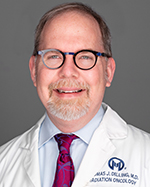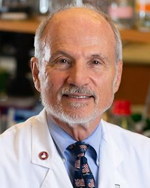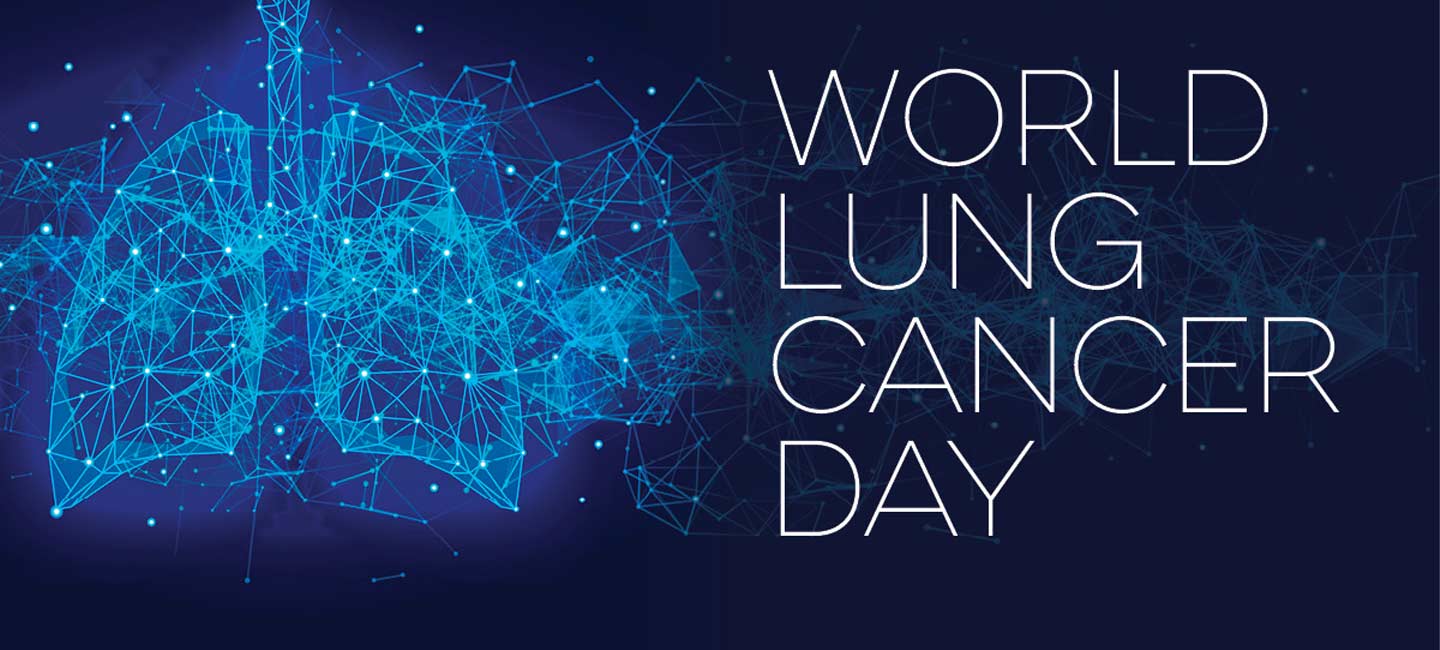World Lung Cancer Day Aims to End Preventable Cancer Deaths
According to the American Cancer Society, more than 235,000 Americans will be diagnosed with lung cancer this year and 131,000 will succumb to the disease. Lung cancer is far and away the leading cause of cancer deaths in both men and women, making up almost a quarter of all cancer deaths. That’s more than of colon, breast and prostate cancers combined.
World Lung Cancer Day is an annual observance that began August 1, 2012 as a way to promote lung cancer awareness and overall lung health. It’s a necessary way to inform the public on risk factors that may lead to lung disease, especially smoking.
“We are really focusing in on three actions for those in support of World Lung Cancer Day,” said Steven Riddle, executive director of the American Lung Association in Tampa Bay. “The first is to review the risks associated with lung cancer. We also hope to educate about lung cancer screening, as it has the potential for dramatic improvement of lung cancer survival rates. Finally, is to join the fight against lung cancer. Take actions with your local entities and urge local officials to support lung cancer research.”
While lung cancer may still be the deadliest form of cancer, mortality rates have actually declined in recent years according to a report from the American Cancer Society. The decline is due in part to the advances in lung cancer treatment. Other factors include:
- Smoking rates among Americans have been on the decline for decades. This has lead to a continued reduction decline in the number of people developing lung cancer, which can occur many years after smoking exposure.
- Screening for lung cancer has become more widely recognized and used in the U.S., allowing many cases of lung cancer to be detected at an earlier stage.
- Probably the largest contributing factor to the rapid decline in the last 10 years is better treatments for the advanced stage (stage 3 and 4) lung cancer, including immunotherapy and genetically targeted therapies, which in some cases can improve survival for years beyond what was expected before these treatments existed.

Dr. Thomas Dilling, radiation oncologist
“If you look at all lung cancers in general, 85 to 90% of them are associated with smoking,” said Dr. Thomas Dilling, a radiation oncologist at Moffitt Cancer Center. “Obviously you want to minimize your smoking. If you’re a current smoker you should try to quit. The less years and exposure to smoking and the reduction in the amount of cigarettes per day will serve you in better stead.”
Lung cancer has been notoriously difficult to detect, mainly because the condition often does not produce noticeable symptoms until it reaches an advanced stage. Additionally, some indicators such as persistent coughing or vocal hoarseness may be ignored simply since they are so commonplace.

Dr. Lary Robinson, thoracic surgeon
“The earlier we respond to lung cancer the better chance we have for a cure,” said Dr. Lary Robinson, a thoracic surgeon at Moffitt. “Screenings can really help improve early detection. The problem is people aren’t getting screened. There’s no reason not to do it.”
Following recent recommendations by the U.S. Preventive Services Task Force, Moffitt has lowered the age requirement for a lung cancer screening from 55 to 50, potentially doubling the number of patients eligible for a low-dose CT scan. These guidelines had previously been implemented by the National Comprehensive Cancer Network. Doctors also recommend lowering the number of years a person has smoked a pack a day, on average, from 30 to 20.



